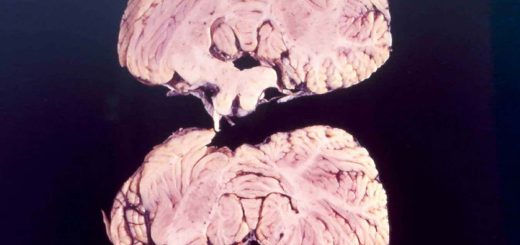Living material made from fungus could make buildings more sustainable
Researchers have used a fungus and bacteria to create rigid, living structures similar to bone and coral, which could one day be used as a self-repairing building material
By James Woodford
16 April 2025
The fungus Neurospora crassa formed the scaffold of a living construction material
WIM VAN EGMOND/SCIENCE PHOTO LIBRARY
Fungi and bacteria could one day be part of a living building material that is able to grow and repair itself.
One of the great challenges facing the world as we attempt to reduce waste and greenhouse gas emissions is finding more sustainable building materials. The manufacture of concrete alone accounts for more than 5 per cent of total human-caused greenhouse gas emissions.
Read more
Could mysterious marine fungi save us from antibiotic resistance?
Advertisement
Some researchers hope to develop engineered living materials, produced from cells, that have desirable attributes such as being able to self-assemble, repair and photosynthesise. Many strong, mineralised structures exist in living organisms – such as bone and coral.
Chelsea Heveran at Montana State University and her colleagues tested whether a similar mineralised structure could be created around a scaffold of fungal mycelium. Mycelium is a network of microscopic, branching filaments that makes up part of most fungi.
Heveran and her team grew a mycelium scaffold using a species of fungus called Neurospora crassa, then applied the bacterium Sporosarcina pasteurii to the scaffold.


